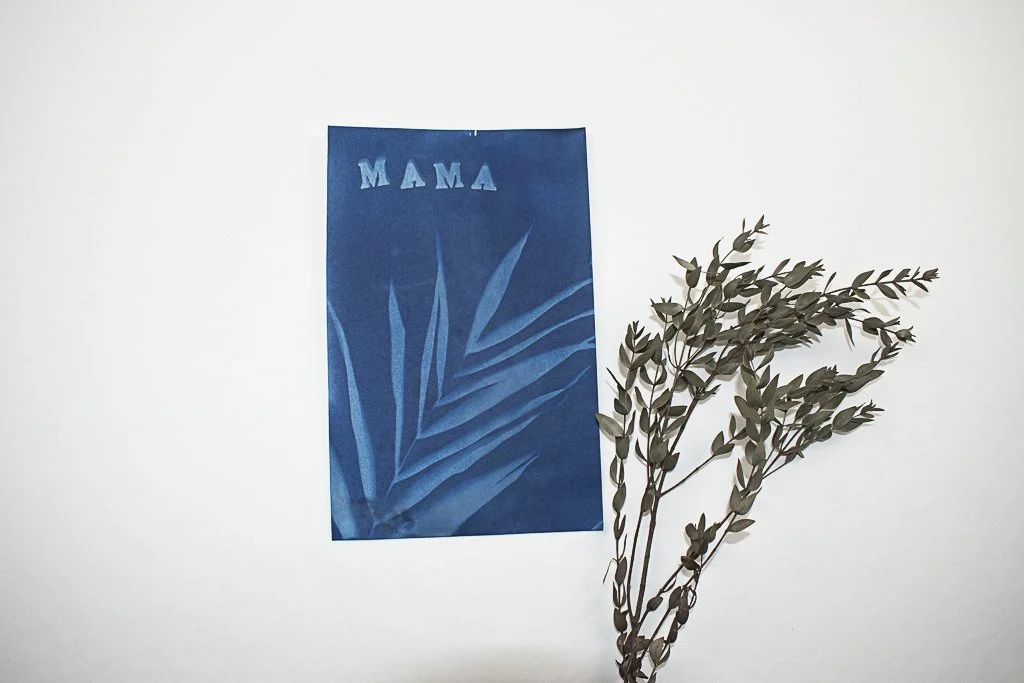Here are my 2025 art goals. It's hard to believe that it is already 2025. Wow, time is flying by! Here are my 2025 art goals, if you're curious to keep reading to see and my articles for this year below!
Some of my accomplishments from 2024!
Here are some of my accomplishments from 2024 that I am proud of!
I got my artwork run it as part of a travelling exhibition with the Grand National Fibres. You can learn more about this exhibition by clicking here. It was really cool to see my artwork remnants in the Woodstock Art Gallery. Woodstock is near my hometown where I have a lot of friends and family nearby so it was cool to have a lot of visitors come out and see my exhibition and it was nice for me to see the exhibition over the holiday break as well. It was a very cool experience to take my son to see my artwork. It was my son's first time, seeing my artwork in the gallery, which was a very special and memorable experience for me.
My son started full-time daycare in the beginning of September this was a very hard and challenging transition for myself I had a lot of mixed feelings of course I missed him and really wanted to be with him I also felt guilty as a mother and felt like I should be with him more but financially I did need to work and we decided that I would work part time teaching art at a local private Montessori school. During the other days, I worked on my art business while my son was in daycare again, I felt a bit guilty and selfish for following my dreams, but I've been able to have a lot of success with my business during the last few months of 2024.
I am happy to only be teaching part time, although I love teaching, it has been great to really focussed on my art business to be able to take that full-time because that is my dream to be able to match my teaching salary with my art.
I am really proud of my health. I have not only lost my pregnancy weight but I feel a lot healthier and happier. We go on walks daily and we've been hiking every weekend as a family. We got our son a heavy duty backpack carrier so it's been really nice exploring with him. We purchased the Ontario parks pass at the beginning of January and we plan on doing that again this year. We are very close to a provincial park so it's been really nice to just explore that park and go hiking every weekend that the weather permits.
We also did a great job, visiting family and having a lot of friends and family visit us. We have set more boundaries this year and have been more intentional about our visits going home. We've also really prioritized family time we enjoyed having Christmas with ourselves. We also had Thanksgiving with ourselves, and we chose to visit family after Boxing Day so that we could really enjoy establishing family traditions together.
I got accepted into a small business grant program and with this program I have to put in a 35 hours a week on my small business so being a part of this small business grant program has been really great for me to hold myself accountable and make sure that I am working 35 hours a week minimum each week. In this training program, I also received a lot of business training relating to marketing, advertising, money. I have felt that this has been a really valuable experience and I have learned a lot and made a lot of progress and had a lot of success with my small business Jackie Partridge art so far.
I started running Pinterest ads in the beginning of October. I chose to run ads to a popular Halloween/fall a symmetry drawing art resource. You can click here to check it out. I really wanted to try ads because I already knew that this art lesson was really successful in my TPT store and I wanted to try just adding some more traffic from Pinterest and reaching a newer audience to see what happened. I learned a lot from the process and I'm glad that I challenged myself to do it for a couple years now I've been wanting to run ads to grow my business but I've just been scared about taking the risk and being part of this small business grant program has really pushed me out of my shell, and made me realize that as a small business owner, I do need to take risks. I do need to make investments in my business in order to grow and be successful.
I would love to hear about your successes. Did you reach your goals? Did you not reach some goals? You can feel free to reach out to me on Instagram or Facebook at Jackie Partridge art I would love to connect with you and be sure to follow as well.
Of course, there are some goals from 2024 that I did not achieve and I will mention them below.
So I have a goal of having at least 150+ products in my TPT shop this did not happen it was hard because my son didn't start daycare until September so that really only left me with a few months of the year to create about 50 products or so this year I plan on having 200+ products in my TPT shop. Now that my son is in full-time daycare, I think this goal will be a lot more possible.
I also wanted to create my art portfolio course well this planned and I did try doing a soft launch I just started to go back to the drawing board and do some more research to make sure that I was happy with the price point of what I was offering in the course I also wanted to do some pruning at to make sure that the teams who are taking my art portfolio horse can complete the course as quickly as possible so that they are able to submit their art portfolio applications on time and aren’t overwhelmed by the content.
My 2025 Art Goals
Receive 2+ Grants for my Art
3000 people on my Mailing List
4 More Symmetry Drawing Books on Amazon
Listing my Fine Art on Etsy
Sell Prints on Printful
Create Digital Portfolio for Brands to License Art
Create Art Portfolio Course
Create Workshop Course for Teens
1000 followers on at instagram
3-5 Exhibitions - I Have 2 already
1000 YouTube Subscribers
200 TPT Products
I would love to know what your art goals are for 2025. Leave a comment to hold yourself accountable or send me a message on social media by clicking on one of the icons below. Be sure to follow me to stay connected too!






